Need Help? Call us at: +91 9002 1002 33 (9:00 AM - 5:00 PM)
Email us: info@altuslifecares.com
No products in the cart.
Return To ShopNo products in the cart.
Return To Shop$58.96 – $209.87Price range: $58.96 through $209.87
Omnipaque 300mg Injection is known as a contrast agent. It is injected into the body before an X-ray test to enhance the visibility of internal body structures.
Call : +91 9002 1002 33
| COUNTRY OF ORIGIN | India |
|---|---|
| DOSAGE FORM | Injection |
| GENERIC NAME | Iohexol |
| INDICATION | Diagnostic agent |
| PACKAGING | 10 ml in 1 vial |
| MANUFACTURER | Pfizer Ltd |
| COMPOSITION | Iohexol (300mg) |
Omnipaque 300mg Injection is known as a contrast agent. It is injected into the body before an X-ray test to enhance the visibility of internal body structures.
It is injected by the doctor during the X-ray examination. The amount you are given will depend on what you are being treated for and how much you need for the examination procedure.
The most common side effects of this medicine include nausea, vomiting, and diarrhea. Most of these usually go away within a short time of the injection. If you are bothered by them or they go on for longer, talk to your doctor or nurse. It is advisable to stay hydrated before the procedure starts to prevent kidney damage. You should also tell your doctor if you are pregnant, planning to become pregnant, or breastfeeding.
Omnipaque 300 is a widely recognized radiographic contrast agent that plays a pivotal role in improving the quality and precision of medical imaging. This water-soluble iodine-based contrast medium is frequently employed in various diagnostic radiology procedures, including computed tomography (CT) scans, angiography, and myelography.
Its fundamental function is to increase the visibility of blood vessels, organs, and tissues within the body, aiding healthcare professionals in achieving accurate diagnoses and crafting effective treatment plans. In this blog, we will explore the indispensable role of Omnipaque 300 in the realm of medical imaging, its safety profile, and how it significantly contributes to the delivery of high-quality patient care.
Understanding the importance of Omnipaque 300 is essential for both medical practitioners and patients, as it underscores the advancements and precision achievable in the field of modern healthcare.
Omnipaque is a well-known radiographic contrast agent used in various medical imaging procedures, significantly enhancing the clarity of diagnostic images. This water-soluble iodine-based contrast medium is a valuable tool in diagnostic radiology, especially in procedures like CT scans, angiography, and myelography. By making blood vessels, organs, and tissues more visible, Omnipaque aids healthcare professionals in accurate diagnosis and treatment planning.
In this blog, we will delve into the essential role of Omnipaque in medical imaging, its safety profile, and the ways it contributes to better patient care. Understanding Omnipaque’s significance is key to appreciating its role in modern healthcare and its impact on diagnostic accuracy.
Omnipaque contrast is a category of radiographic contrast agents that serves as a cornerstone in modern medical imaging. These water-soluble iodine-based contrast media are integral to improving the quality and accuracy of diagnostic radiology procedures, including computed tomography (CT) scans, angiography, and myelography.
By substantially increasing the visibility of blood vessels, organs, and tissues within the body, Omnipaque contrast empowers healthcare professionals to make precise diagnoses and formulate effective treatment plans. In this blog, we will delve into the fundamental role Omnipaque contrast plays in the realm of medical imaging, its safety profile, and how it contributes significantly to elevating the standards of patient care.
Understanding the significance of Omnipaque contrast is pivotal for both medical practitioners and patients, as it underscores the strides made in achieving superior accuracy and diagnostic precision in modern healthcare.
Iohexol is a radiographic contrast agent commonly used in medical imaging procedures such as CT scans and angiography. This water-soluble iodine-based contrast medium enhances the visibility of blood vessels, tissues, and organs, allowing healthcare professionals to obtain clearer and more detailed images for diagnostic purposes.
It is injected into the bloodstream or administered orally, depending on the specific imaging technique and medical condition. This blog explores the role of Iohexol in diagnostic radiology, its safety and usage considerations, and the significance of this contrast agent in modern healthcare, aiding both patients and medical professionals in understanding its importance in the world of medical imaging.

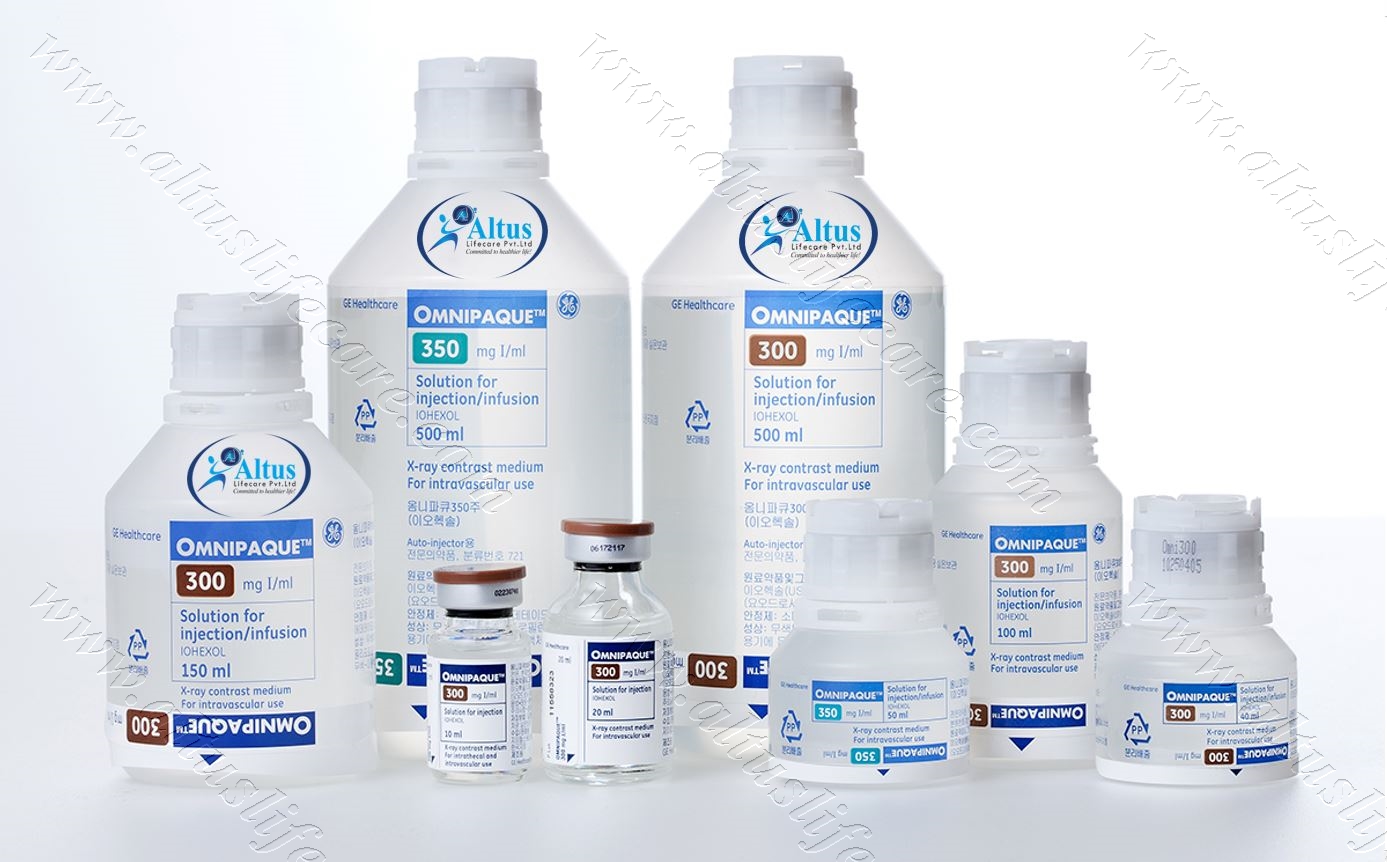
Alcohol

Pregnancy

Breast feeding

Driving

Kidney

Liver
| Pack Size | 3 Bottle/s, 6 Bottle/s, 9 Bottle/s, 12 Bottle/s |
|---|

Benoquin 40 Cream | Monobenzone 40%
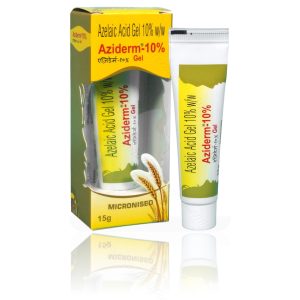
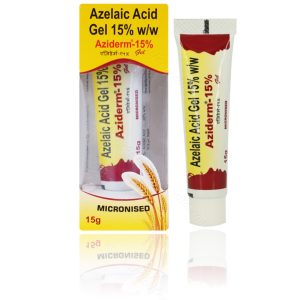

Aziderm 10% Cream 15gm | Azelaic Acid 10%
Shipping at Discounted Price
Return Within 30 Days
Safe & Secure Payment
Contact 24 Hours Day
From: $27.27
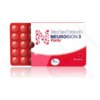
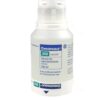
From: $69.48
You cannot copy content of this page.
Goldie (verified owner) –
“Fast shipping and top-notch product quality – couldn’t be happier!”